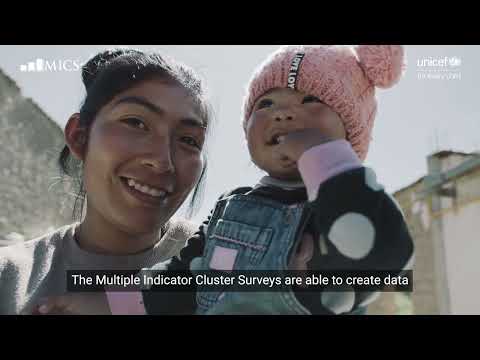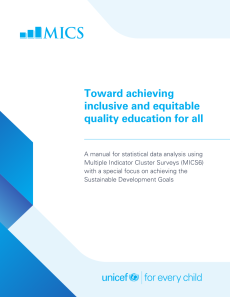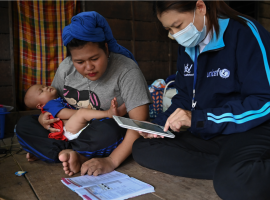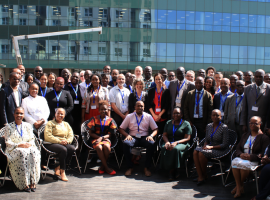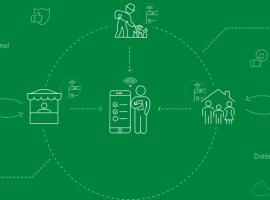
The MICS GIS integrates geospatial data into survey research through data such as:
-GPS datasets, which preserve respondent confidentiality while offering valuable location information
-Survey Boundaries, providing survey boundaries aligning with sampling frames of the survey
-Geospatial Covariates that link survey locations with external datasets, facilitating statistical analyses on topics like population, climate, and environmental factors.
Finibus Bonorum et Malorum" (The Extremes of Good and Evil) by Cicero, written in 45 BC. This book is a treatise on the theory of ethics, very popular during the Renaissance. The first line of Lorem Ipsumfrom a Lorem Ipsum passage, and going through the cites of the word in classical literature, discovered the undoubtable source. Lorem Ipsum comes from sections 1.10.32 and 1.10.33 of "de Finibus Bonorum et Malorum".
Less




